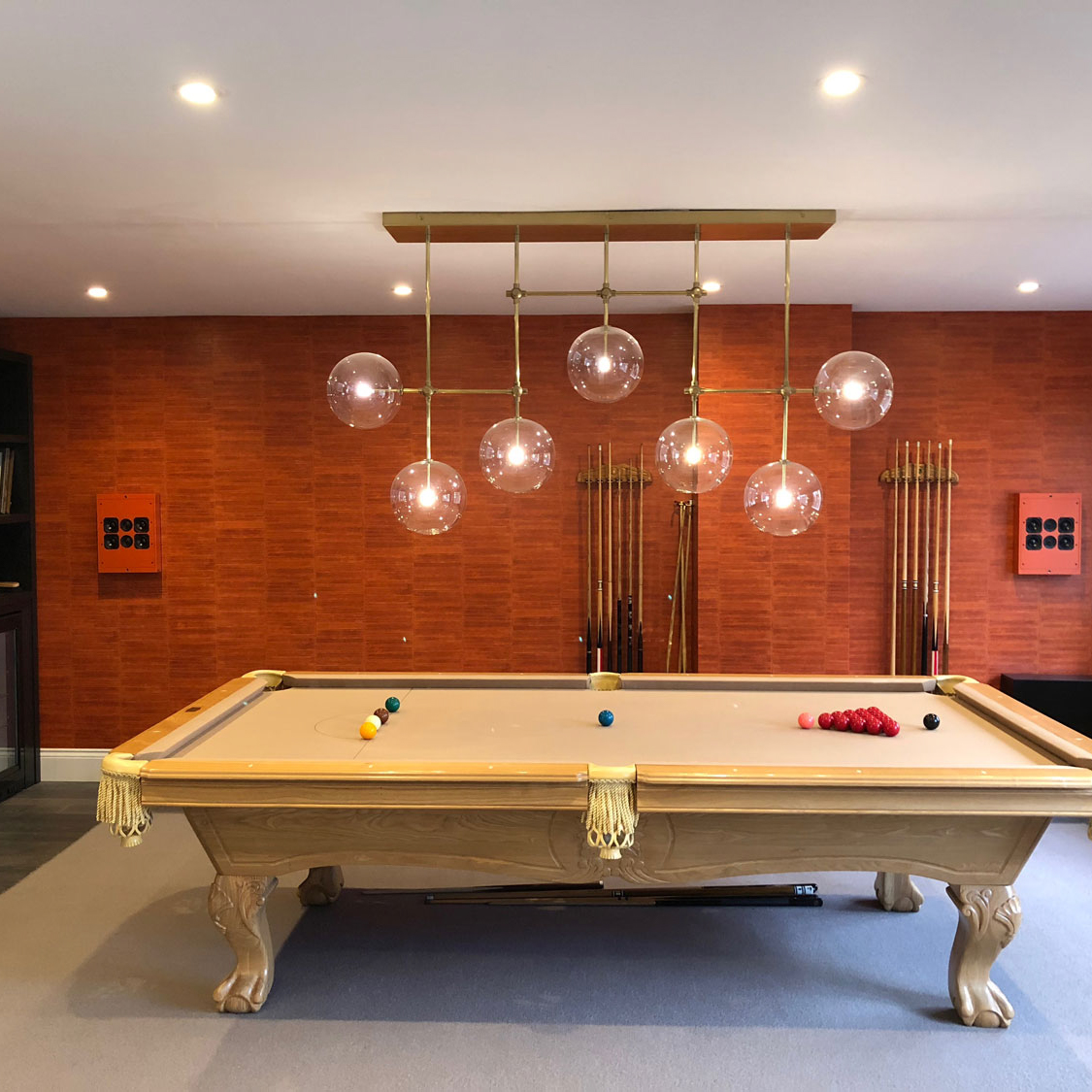Introduction
When it comes to home décor, few things can match the beauty and sophistication of a glass chandelier antique. These breathtaking pieces of art have been a symbol of luxury and style for centuries, and their timeless allure continues to captivate homeowners and designers alike. In this article, we will explore the history and evolution of glass chandeliers, their exceptional craftsmanship, and why they are still relevant today.
The Origin and Evolution of Glass Chandeliers
The origin of glass chandeliers can be traced back to medieval times when they were used to light up churches and castles. The earliest chandeliers were simple structures made of wood or wrought iron, with candleholders attached to them. The usage of crystal in chandelier making was prevalent in the 16th century. Glass chandeliers became more complex and ornate during the Baroque period when they were used as a symbol of wealth and power.
In the 18th century, as innovations in glassmaking advanced, glass chandeliers became more intricate and decorative. Bohemian glass and Venetian glass were particularly popular during this era. Bohemian glass chandeliers were known for their exquisite craftsmanship, while Venetian glass chandeliers were famous for their colorful glasswork.
The 19th century saw the introduction of gas lighting, which revolutionized the chandelier industry. Gaslight chandeliers were often more elaborate than their predecessor, featuring intricate metalwork and delicate glasswork. In the 20th century, electric lighting replaced gas, and chandeliers became more accessible to the general public.
The Exceptional Craftsmanship of Glass Chandeliers
One of the reasons that glass chandeliers are still in vogue today is their exceptional craftsmanship. Glass artisans meticulously handcraft each chandelier, from the metal frame to the intricate glass details. The glasswork in a chandelier requires a great deal of skill and creativity. The artisans create each piece by blowing, cutting, and shaping glass into intricate designs, patterns, and shapes.
The metalwork of a chandelier is just as important. The metal frame must not only hold the glass elements together but also complement the overall design of the chandelier. Sometimes, the metal frame is decorated with intricate scrollwork, floral designs, or other motifs, which makes the chandelier even more appealing.
Why Glass Chandelier Antiques are Still Relevant Today
Despite the passage of time, glass chandelier antiques continue to captivate homeowners with their timeless beauty and sophistication. Glass chandeliers have a unique charm that is hard to replicate. They add a touch of elegance and glamour to any room, and their intricate designs and patterns make them a work of art.
Glass chandelier antiques are also versatile in terms of design. They can be added to any room, from traditional to modern, without looking out of place. Moreover, they can fit into any décor style, from classic to contemporary, and their timeless design ensures that they won’t go out of fashion.


